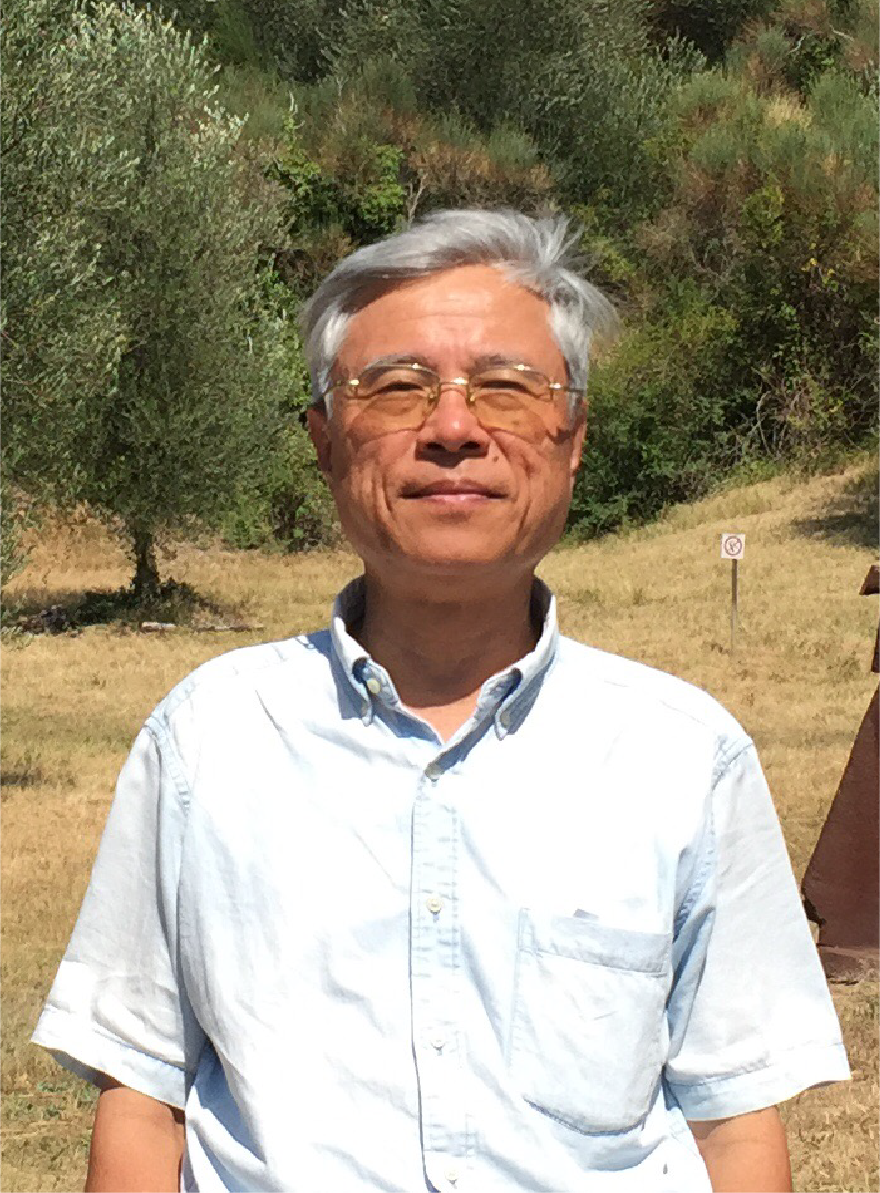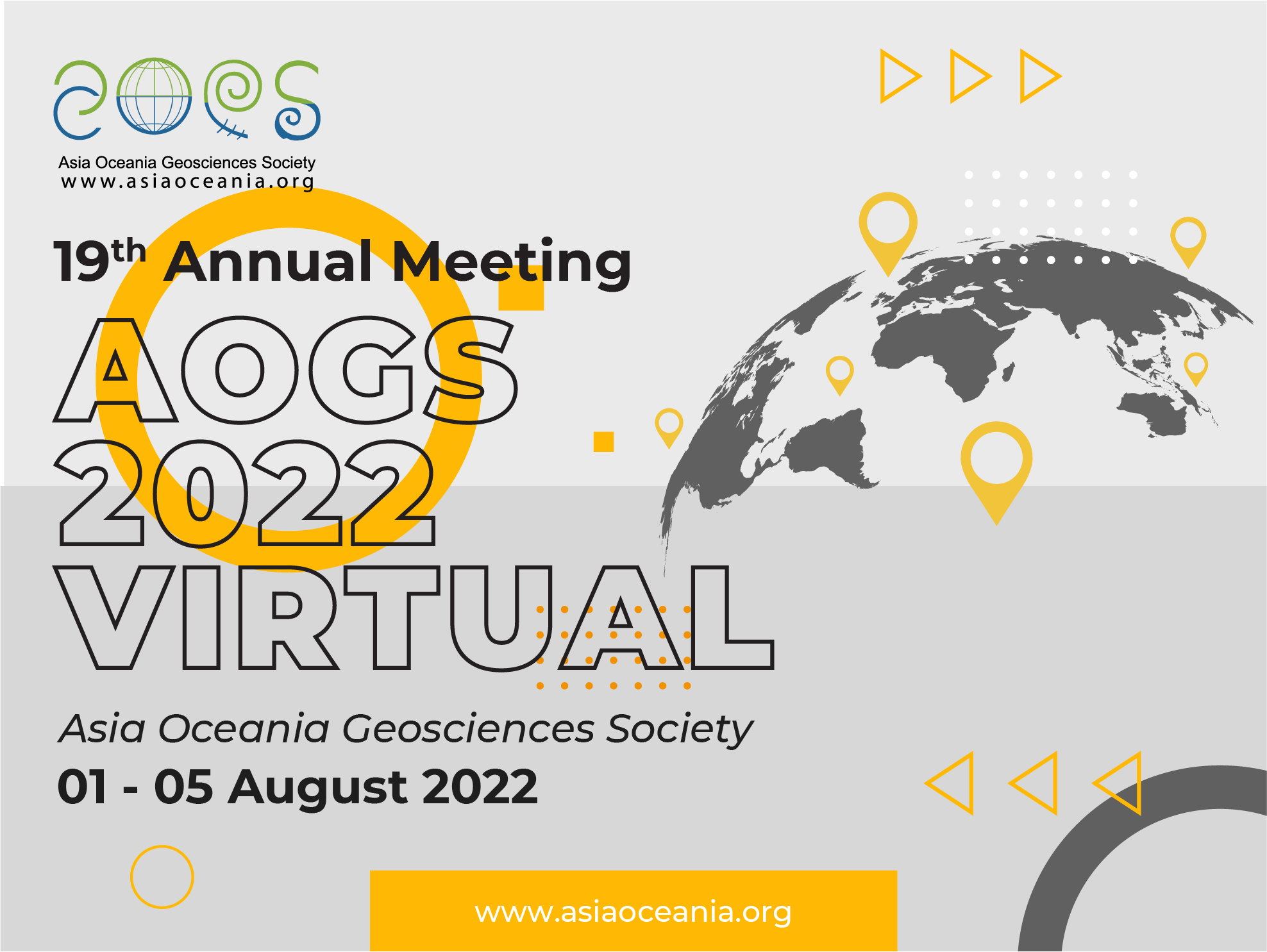
Chung-Hsiung SUI
Program uses Singapore Time and is 8 hours ahead of GMT
AS Distinguished Lecture/Live Q&A Wed-03 Aug 12:45 – 13:30
My Perspective of Convection Coupled Tropical Weather Disturbances and Intraseasonal Oscillations From Studies of Major Field Projects Over Tropical Oceans
Cumulus interaction with large-scale dynamics (CID) is a fundamental nature of tropical weather disturbances (TWD) including diurnal cycle, tropical cyclones, and convection coupled equatorial waves. Compared with the quasi-geostrophic dynamics, CID is a weaker dynamic constraint that causes TWD weaker and more dispersive than their extratropical counterpart. TWD are further embedded in planetary intraseasonal (30-60 day) oscillation (ISO) or the Madden Julian Oscillation (MJO). Many observational analysis and major theoretical studies indicate the MJO is a dominant eastward-propagating tropical signal consisting of Rossby and Kelvin waves that are maintained by frictional wave-CISK (a specific CID framework) and advection of mean moisture field (or moisture-mode view). While existing theories based on idealized models can explain some basic features of the MJO, global climate models still have difficulties in simulating/predicting ISOs. The difficulties are attributed to poorly-resolved physics including atmosphere-ocean boundary layer processes, air-sea exchanges, and convective-radiative processes in hiarachical clouds (shallow to deep cumulus). Persistent progresses in remote sensing data, computational power, and assimilation methods have resulted in improved prediction skills for tropical weather and ISOs by current climate models in major prediction centers, yet progresses in parametrization schemes of model physics remain slow. In fact, with the resolution increases in models, a unified representation of deep moist convection needs to be considered (a critical approach has been proposed by Arakawa and Wu) and non-hydrostatic dynamics make the representation of cloud microphysics more important.
To improve the treatment of physical processes in large-scale models, we need quality observations and models that resolve convective-radiative processes (cumulus-ensemble models) to guide the development of parameterization schemes for convective, radiative, and boundary layer mixing processes.
In this lecture, I will review selected studies of CID in tropical weather and ISOs to summarize progresses made through analyses of major field projects from my personal perspectives. I will discuss the progresses in three subjects using observations from different field projects:
- Effects of cumulus on large-scale heat, moisture, and momentum by analyses of data derived from the GARP Atlantic Tropical Experiment (GATE);
- Effect of convective-radiative processes on intraseasonal and diurnal oscillations based on analysis and modeling studies for the Tropical Ocean-Global Atmosphere (TOGA) Coupled Ocean Atmosphere Response Experiment (COARE);
- Convection coupled tropical weather disturbances and low-frequency moistening in the MJO evolution through studies performed in my projects participating two field campaigns: Cooperative Indian Ocean Experiment on Intraseasonal Variability in the Year 2011/Dynamics of the MJO (CINDY2011/DYNAMO) and SCS Two-Island Monsoon Experiment (SCSTIMX) as one of the field campaigns of Years of the Maritime Continent (YMC).
I will also report our progress in some recent modeling studies related to the above subjects, and progress in our recent observation projects for studying the boundary layer processes in the South China Sea based on observations obtained from the new Ocean Research Vessel of National Taiwan University, NOR1, in March 2022.
Professor Chung-Hsiung Sui received a bachelor's degree from National Taiwan University (NTU) in 1976, and a doctorate from the University of California at Los Angeles (UCLA) in 1984, both in Atmospheric Sciences. He was a Postdoctoral Fellow at UCLA and the University of Maryland, a research scientist at Goddard Space Flight Center (GSFC) of NASA during 1985-2001. Since 2001, he returned to Taiwan to work first in National Central University (NCU) and then in NTU where he is currently a professor in Department of Atmospheric Sciences. He was a visiting faculty member at the University of Tokyo, Japan, and National Center for Environment Prediction during sabbatical leaves, and visited various academic institutions to present seminars and invited lectures. He was an organizer of the University Allied Workshop to arrange annual meetings for graduate students and young researchers from Japan, Korea, Taiwan, and China to promote climate research and modeling, and to cultivate collaborations among future leaders in climate science.
His research interest covers a wide range of topics in tropical Meteorology, climate dynamics, and hydro-climate processes. He published over 100 papers on subjects including climate equilibrium study, tropical convective responses to radiative and microphysical processes, diurnal cycle, cloud clustering and associated cloud microphysical processes, precipitation efficiency, air-sea exchanges and ocean mixing processes, intraseasonal and interannual variability in Indo-Pacific climate system, and influences of climate oscillations on synoptic disturbances, convection coupled equatorial waves, and rainfall in East Asian monsoon.
His research accomplishments won him various recognitions including Fellow of Meteorological Society of the ROC, distinguished Professor of NCU and NTU, Academic Summit Program funded by Ministry of Science and Technology, Outstanding Scholar Award by the Foundation for The Advancement of Outstanding Scholarship, GSFC Center of Excellence Award, and various scientific awards in Laboratory for Atmospheres, NASA/GSFC.

Chung-Hsiung SUI
Department of Atmospheric Sciences,
National Taiwan University
